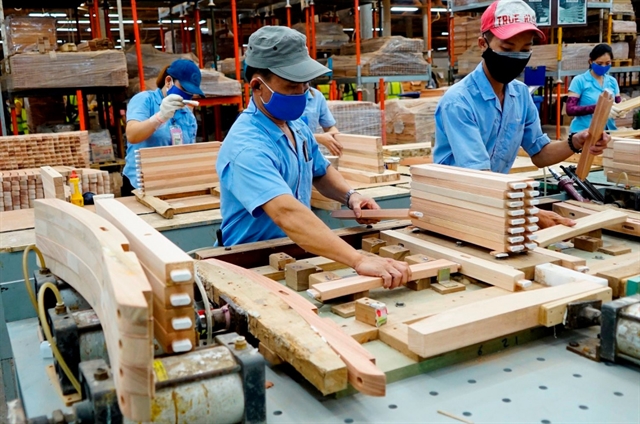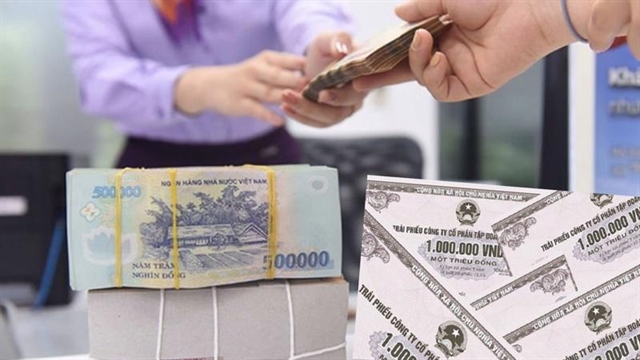 Environment
Environment

 |
| Residents express their frustration over the pollution caused by a non-standard landfill in Hải Dương Province. — VNA/VNS Photo |
HÀ NỘI — Despite its efforts to tackle waste management issues, Việt Nam faces significant challenges in eliminating environmentally harmful landfills, due to limited financial resources.
Việt Nam has 116 landfill sites that pose serious environmental risks, but only eight of these had been treated and rehabilitated to meet safety standards by 2019.
Nguyễn Đình Thọ, director of the Institute of Strategy and Policy on Natural Resources and Environment (IPONRE), argued that urbanisation and population growth have contributed to a significant increase in household waste, creating difficulties in collection and treatment.
According to Thọ, the primary method remains non-standard landfill disposal, which fails to meet safety requirements.
On average, the country generates around 68,000 tonnes of waste daily, of which 38,000 come from urban areas and 30,000 from rural regions.
Approximately 64 per cent of this waste ends up in landfills. Though urban areas report a collection and treatment rate of 96.6 per cent, rural regions see only 77.7 per cent of waste effectively managed.
The Hanns Seidel Foundation (HSF), a German-based environmental research institute, is partnering with Việt Nam to find sustainable waste management solutions.
According to HSF’s Resident Representative in Việt Nam, Michael Siegner, the collaboration focuses on improving infrastructure quality, applying advanced waste treatment technologies and promoting a circular economy to convert waste into valuable resources, ultimately reducing pollution.
Việt Nam is also urged to strengthen compliance among businesses regarding environmental regulations.
A comprehensive management approach is crucial, emphasised Hoàng Hồng Hạnh from ISPONRE, pointing to other countries like the Netherlands, Sweden and South Korea, which have enacted landfill bans to curb waste.
Meanwhile, the EU’s Circular Economy Action Plan seeks to eliminate recyclable waste from landfills by 2025, with a goal of phasing out most landfill sites by 2030.
Norway, New Zealand and Israel have successfully implemented landfill taxes that vary by disposal method and environmental impact, while South Korea imposing the highest rates for waste that cannot be repurposed for energy.
International experiences also show a shift toward incentives promoting renewable energy projects. Canada and the United States, for example, have introduced tax credits, subsidies, and loans to support landfill gas energy initiatives, benefiting both environmental outcomes and the economy.
Hồ Công Hòa of the Central Institute for Economic Management noted that Việt Nam has introduced some incentives, including corporate tax reductions, import duty exemptions and favourable land use policies.
Yet, despite these measures, the expert indicated that specific policies for waste-to-energy projects and landfill rehabilitation require clearer guidelines to be fully effective.
Hồ proposed new support policies, such as granting investors the right to rehabilitate landfill sites for energy recovery or to relocate and repurpose these areas in line with land-use planning.
Additionally, the Ministry of Natural Resources and Environment is urged to enact incentives for private investors in environmental restoration projects.
With the growing urgency of environmental challenges, experts emphasised the need for streamlined administrative support to reduce procedural burdens, particularly for projects that transform landfill land into more valuable and environmentally friendly purposes. — VNS




